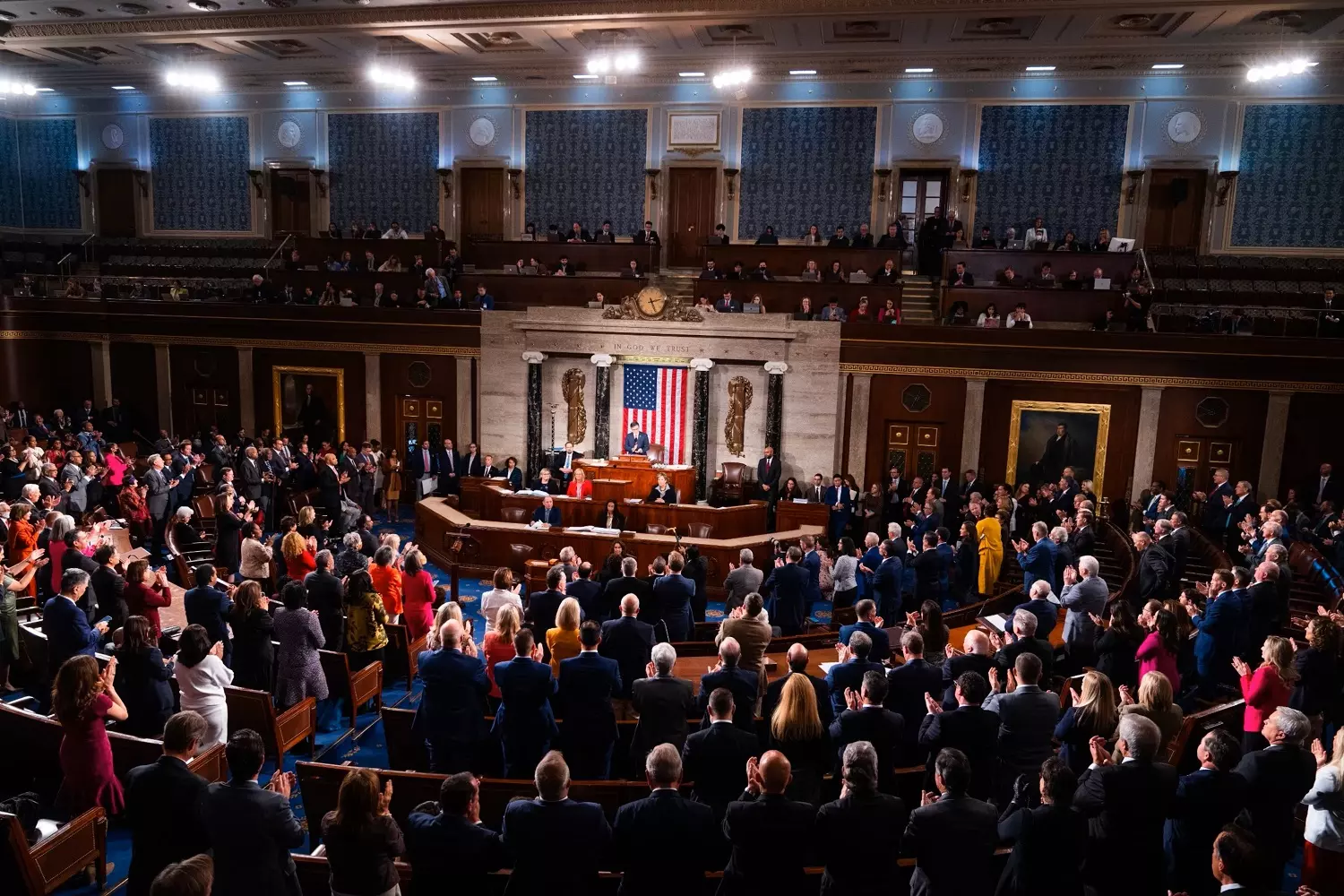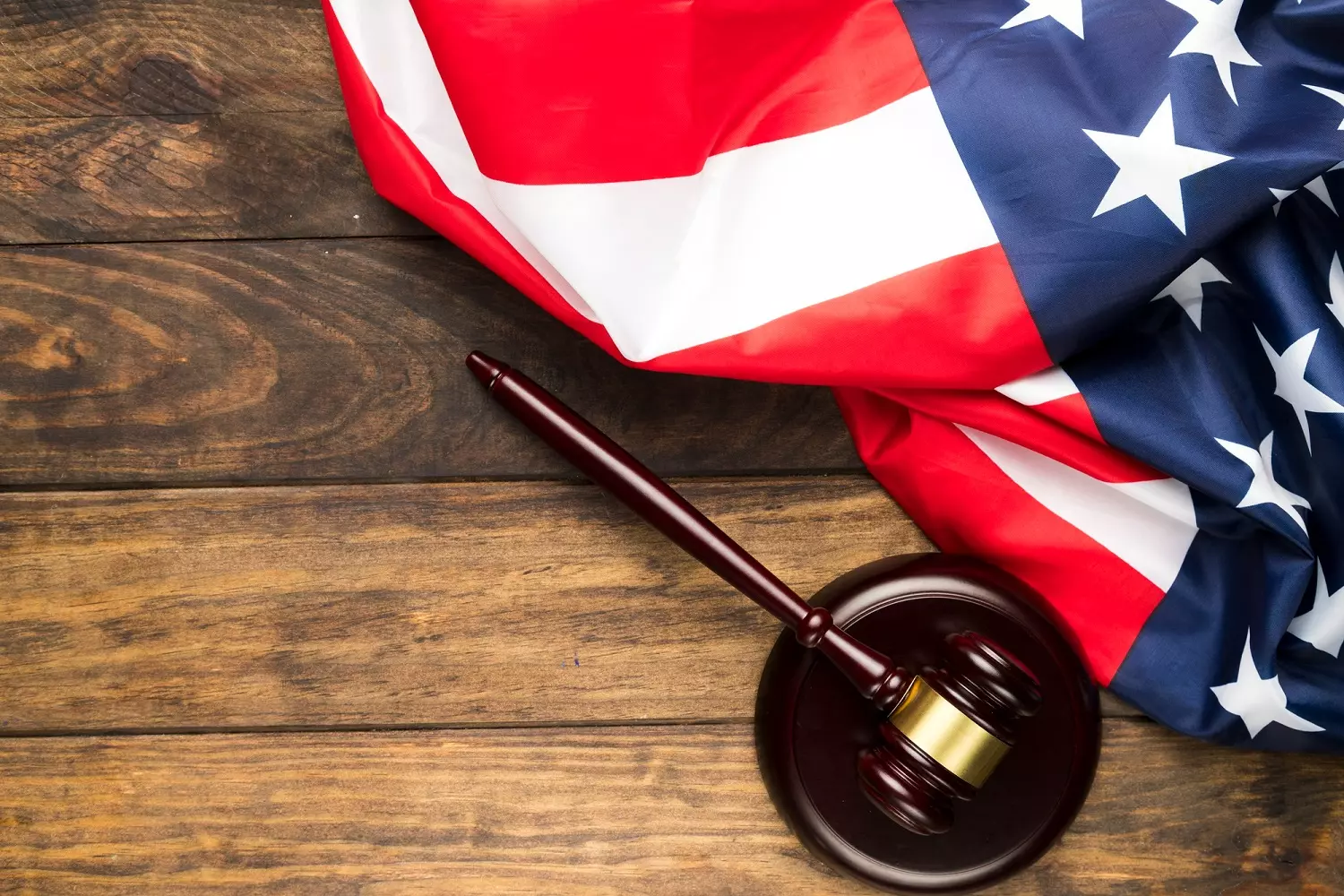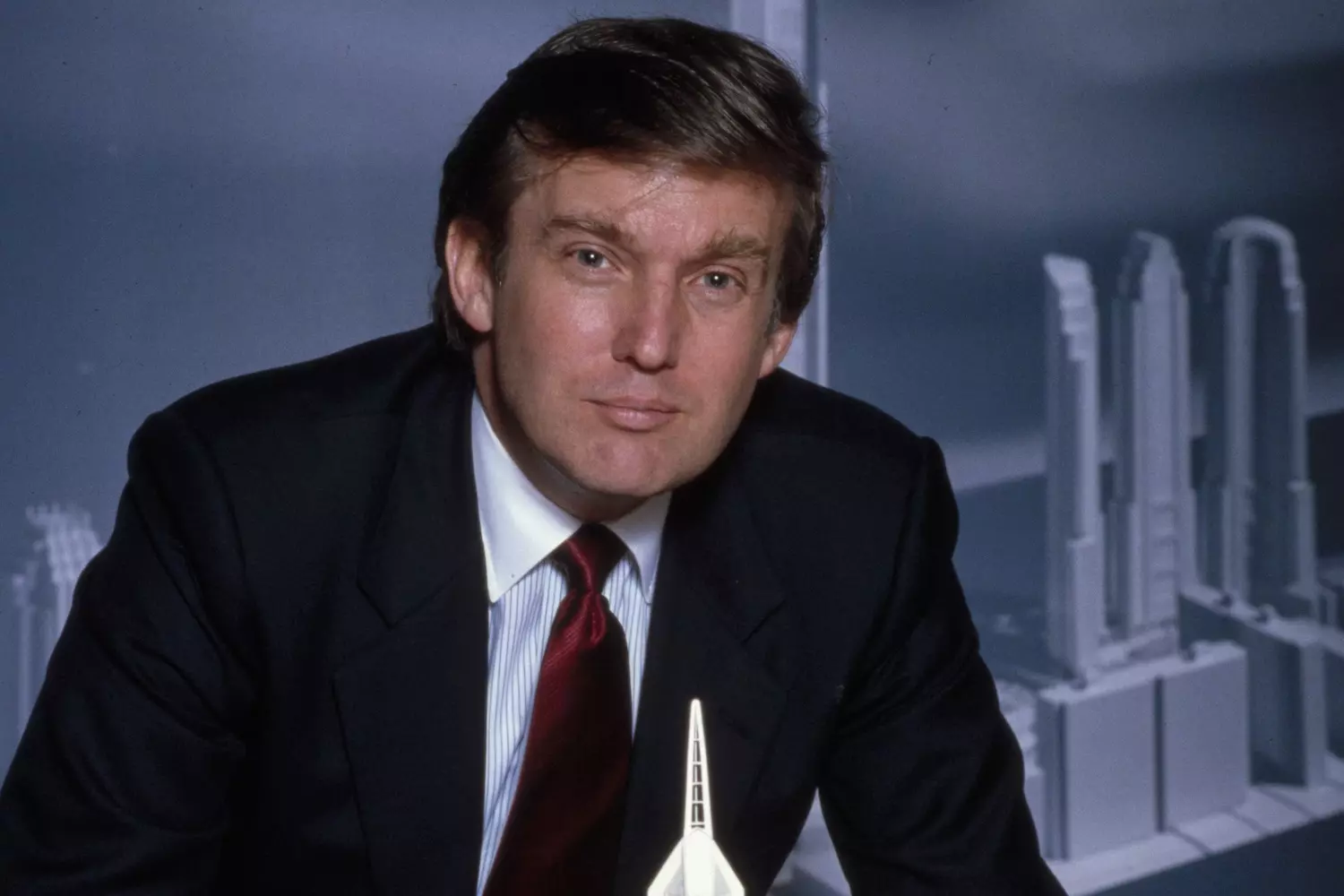Many have heard of the U.S. Congress, Senate, and President, but few fully grasp how it all functions. The American system of government can seem complex, but at its core, it's built on a lot of common sense. It's designed so that no single person or body can control everything at once. In this article, we'll break down the components of the U.S. government, who is responsible for what, and how decisions that impact the entire nation are made.
The Three Branches of U.S. Government
The U.S. system of government is divided into three branches: executive, legislative, and judicial. This separation was conceived in the late 18th century, during the country's formation. The primary goal is to prevent power from being concentrated in one set of hands. This is achieved through constant checks and balances between the branches. None can act entirely independently. Each has its own responsibilities and limitations.
- 01. Executive Branch
The head of the executive branch is known to all — the President. They govern the country, sign laws, conduct foreign policy, and appoint cabinet members. Subordinate to the President are the government, armed forces, federal agencies, and services. The President cannot create laws but can veto (reject) a bill if they deem it incorrect. Congress can then override this decision. This is how the system of checks and balances works. - 02. Legislative Branch
This branch of government is represented by Congress. It consists of two chambers: the House of Representatives and the Senate. It is here that laws are debated and passed. Congress can approve the budget, declare war, and oversee the actions of the President. Each chamber has its own powers, but together they make crucial decisions that affect the lives of all citizens. - 03. Judicial Branch
The third branch of government is the judicial branch. Its main task is to ensure that laws do not contradict the Constitution. The Supreme Court is considered the pinnacle of the judicial system. Its decisions are binding on everyone. The Court is not subordinate to the President or Congress. It is independent, which allows for objective dispute resolution. Supreme Court justices are appointed for life — this is intended to protect them from political pressure.

The President of the United States
The President is the head of state and the head of the executive branch. Their powers are outlined in the Constitution and are strictly limited. They cannot govern the country at their discretion — every decision is subject to a system of checks.
Elections are held every four years. Citizens vote for candidates, and formally, the decision is made by the Electoral College. If a candidate receives the required number of votes, they become President.
The President has many responsibilities. They sign laws passed by Congress. They can issue a veto — that is, reject a law if they believe it is harmful. However, Congress can, in turn, override this veto with a vote. This is how the balance of power works.
The President leads federal agencies, appoints cabinet members, agency directors, judges, and ambassadors. Most appointments require Senate approval. This is another element of control.
Donald Trump: The Story of Ascending to Global Leadership and Influence
They are responsible for foreign policy, represent the country on the international stage, and can conduct negotiations and enter into agreements. However, any international treaties only come into force after Senate ratification.
The President is the Commander-in-Chief of the armed forces. They can order military operations, but they do not have the right to declare war without the consent of Congress.
The term of office is limited — no more than two four-year terms. Even the most popular President cannot remain in office longer. This rule came about after Franklin D. Roosevelt served for more than 12 years. After him, an amendment was made to the Constitution.
Every action of the President can be challenged or limited by the other branches of government. This system was specifically created so that no single individual could rule the country single-handedly.
The U.S. Congress
Congress is the chief legislative body of the United States. It consists of two chambers: the House of Representatives and the Senate. This structure was devised to balance the interests of different states — both large and small.
The main task of Congress is to pass laws. No law in the country can come into being without its involvement. Congress also approves the budget, oversees spending, and can initiate investigations into officials, including the President.
Congress is located in Washington, D.C., in the Capitol Building. Work there proceeds year-round, with breaks for holidays and recesses. Each chamber has its own rules, schedules, and procedures. But together, they make decisions that impact the lives of the entire nation.

The House of Representatives reflects the opinion of the citizens — the larger the population of a state, the more representatives it has. In total, there are 435 members.
The Senate is structured differently. In it, each state has equal rights — two senators, regardless of size or population. In total, there are 100 senators.
For a law to take effect, both chambers must approve it, and then the President must sign it. If even one chamber is against it, the law will not pass. This makes the process complex but protects against hasty decisions.
Congress also has the power to impeach — that is, to initiate the process of removing the President from office. Throughout the country's history, this has happened several times, but no President has been definitively removed through this mechanism.
The work of Congress is not always visible from the outside, but it is where the most important decisions are made. Laws, taxes, federal programs — all of this is discussed and approved at the sessions of the two chambers.
The House of Representatives
The House of Representatives is one of the two chambers of Congress. It has the most legislators — 435 members. Their number from each state depends on the population size. The more people who live in a state, the more representatives it has. For example, California has 52, while Vermont has only one.
Each member of the House is elected for a two-year term. This is a short term, so representatives are almost constantly in the election cycle — that is, they frequently stay in touch with their districts, monitor the mood of voters, and report on their work.
The House plays a key role in lawmaking. Almost every new law begins here. Representatives can propose bills, participate in committees, discuss amendments, and vote for or against initiatives.

In addition, only the House of Representatives has the power to bring charges for impeachment — this is the first step in the process of removing the President or other high-ranking officials. After this, the matter goes to the Senate.
The work of the House is led by the Speaker. This is one of the most influential politicians in the country. The Speaker is elected by the representatives themselves, and it is they who determine the agenda, control discussions, and influence which bills go to a vote.
Although the House is considered the more "popular" part of Congress, it cannot act without the Senate's agreement. For a law to take effect, both chambers must support it, and then the President must sign it.
The U.S. Senate
The Senate is the second chamber of Congress. Unlike the House of Representatives, where the number of seats depends on a state's population, in the Senate, all states have equal rights. Each of the 50 states sends two senators — a total of 100 individuals.
Senators are elected for a six-year term. This gives them more stability and allows them to focus not only on current issues but also on long-term policy. Every two years, there is a partial renewal — approximately one-third of the Senate is re-elected.
The Senate participates in the lawmaking process equally with the House of Representatives. Any bill must pass both chambers, otherwise, it will not become law. However, the Senate has special powers that the other chamber does not:
- It approves candidates nominated by the President. This includes cabinet secretaries, ambassadors, Supreme Court justices, and other important officials. Without the Senate's consent, none of them can take office.
- It considers impeachment cases. If the House of Representatives brings charges, the Senate conducts the trial. To convict an official and remove them from office, a two-thirds majority vote is required.
- The Senate also plays a crucial role in foreign policy. Only it can ratify international treaties. The President can negotiate, but without the Senate's approval, the agreement will not be binding.
The work of the Senate is presided over by the Vice President of the United States. Formally, they are considered the President of the Senate but only participate in voting in case of a tie — 50 to 50. At other times, the Senate is managed by a temporarily elected senator called the President pro tempore.
The Senate is considered a more stable and deliberative chamber. Complex topics are discussed here, details are worked through, and careful attention is paid to the balance of power between the states.
How Laws Are Made in the USA
No federal law in the U.S. appears out of thin air. Behind every line is a lengthy process of discussions, amendments, and votes. The system is designed to prevent hasty and unilateral decisions.
Who Can Propose a Law
A bill can be introduced by any member of Congress — both senators and representatives. Most often, this is done by groups of legislators who work together on a particular issue. Sometimes the idea comes from the President's administration, but in any case, it must enter Congress through one of its members.
What Happens Next
After a bill is introduced, it is sent to a committee that deals with the relevant topic — healthcare, education, finance, defense, etc.
Within the committee, the following stages occur:
- Review of the text.
- Hearings with expert testimony.
- Discussion of details.
- Vote on whether to send it for consideration by the full chamber.
If the committee approves the initiative, it is placed on the agenda of the entire chamber. There, it is discussed again and voted on.
Passing Through Both Chambers
If a bill passes a vote in, for example, the House of Representatives, it is sent to the Senate. The process is repeated there: committees, discussions, amendments, and a vote.
Sometimes the Senate makes changes to the text. Then it is returned to the House of Representatives for them to agree to the amendments. If the chambers cannot agree, a conference committee is formed, which tries to find a compromise version.
The Role of the President
Once both chambers have approved the same version of the bill, it is sent to the President. They have three options:
- Sign: The law takes effect.
- Veto: The law is rejected.
- Not sign within 10 days: If Congress is still in session, the law automatically takes effect. However, if Congress has adjourned, the law is nullified (this is called a "pocket veto").
If the President uses their veto power, Congress can override it. To do this, both chambers must vote again, and each must achieve at least a two-thirds majority. This happens rarely, but it is possible.
When a Law Takes Effect
After being signed by the President or overridden by Congress, the law is published and officially comes into effect. From that moment on, it is binding on everyone — citizens, organizations, and state authorities.
The Judicial Branch in the USA
The judicial branch in the USA is an independent system that resolves disputes, ensures laws are enforced, and checks whether they comply with the Constitution. It stands as an equal power alongside the legislative and executive branches and is not subordinate to either the President or Congress.
The entire system is structured on a three-tiered principle:
- 01.Federal District Courts.
- 02.Courts of Appeals.
- 03.The Supreme Court of the United States.
Federal Courts
Federal courts hear cases involving the government, foreign citizens, interstate disputes, and matters concerning the Constitution and federal laws. There are many such courts across the country — they make decisions on criminal, civil, and administrative cases.
Judges are nominated by the President, but only with the approval of the Senate. Appointments are for life — this is intended to ensure that judges are not dependent on politics and can make decisions solely based on the law.
Courts of Appeals
If someone disagrees with a federal court's decision, they can file an appeal. There are special circuit courts of appeals for this purpose. These courts do not re-examine the facts of a case but check whether the law was applied correctly. There are 13 such circuit courts in the USA.
The Supreme Court of the United States
At the apex of the entire system is the Supreme Court. It hears the most important cases — primarily those concerning the Constitution, federal power, and disagreements between states. It consists of 9 justices, including the Chief Justice. All of them are appointed for life.
The Supreme Court is not obligated to hear every case. It chooses which ones to take on. These are usually cases that could impact the entire country or require clear legal interpretation.
When the Supreme Court issues a ruling, it is binding on all other courts in the country. It is the final instance, and its decisions cannot be appealed.
Why Independence Matters
The judicial branch is designed to be completely independent. Its decisions cannot be overturned by either the President or Congress. This is one of the key principles of the American system — the separation of powers and mutual checks. The Court does not write laws or govern the country, but it ensures that everything happens within the framework of the Constitution.

Checks and Balances
In the American system of government, no one can rule the country single-handedly. To prevent abuses of power, the Constitution established a clear separation of powers among the three branches — legislative, executive, and judicial. Each branch can influence and limit the others. This is known as the system of checks and balances.
How Congress Checks the President
- Can refuse to approve the budget or reject their proposals.
- Can block the appointments of cabinet secretaries, ambassadors, and judges.
- Can impose restrictions on military actions.
- Can initiate impeachment proceedings and begin the process of removal from office.
- Can override a presidential veto if at least two-thirds of both chambers vote to do so.
How the President Influences Congress
- Can veto a law, even if both chambers have passed it.
- Can propose legislation through their allies in Congress.
- Can use executive orders, although their scope is limited.
- Can convene special sessions of Congress.
How the Court Checks Everyone Else
- Can declare a law unconstitutional — and then it ceases to be in effect.
- Can overturn a presidential order if it violates the Constitution.
- Resolves disputes between states and the federal government.
- Supreme Court decisions are binding on everyone — even the President.
How Others Can Influence the Court
- The President nominates federal judges, but only with the approval of the Senate.
- Congress can change the structure of the courts or introduce new laws that the court will then apply.
- Although judges are appointed for life, Congress can still initiate impeachment proceedings if a judge violates the law.
The system is designed so that no one can concentrate all power in their own hands. This does not make the process fast — but it allows for stability even during serious disagreements within the government.
The American system of government may seem complex, especially when compared to other countries. But its logic is that no single entity can act without oversight. The President, Congress, and the courts work in parallel, review each other's decisions, and are accountable to the public.
This structure provides stability, protects against dictatorship, and allows for different viewpoints to be considered. Even during sharp political disputes, the state continues to function — precisely because of the system of separation of powers and checks and balances.
Understanding these fundamentals helps to better understand U.S. politics, see how decisions are made, and why some processes take so much time.

































